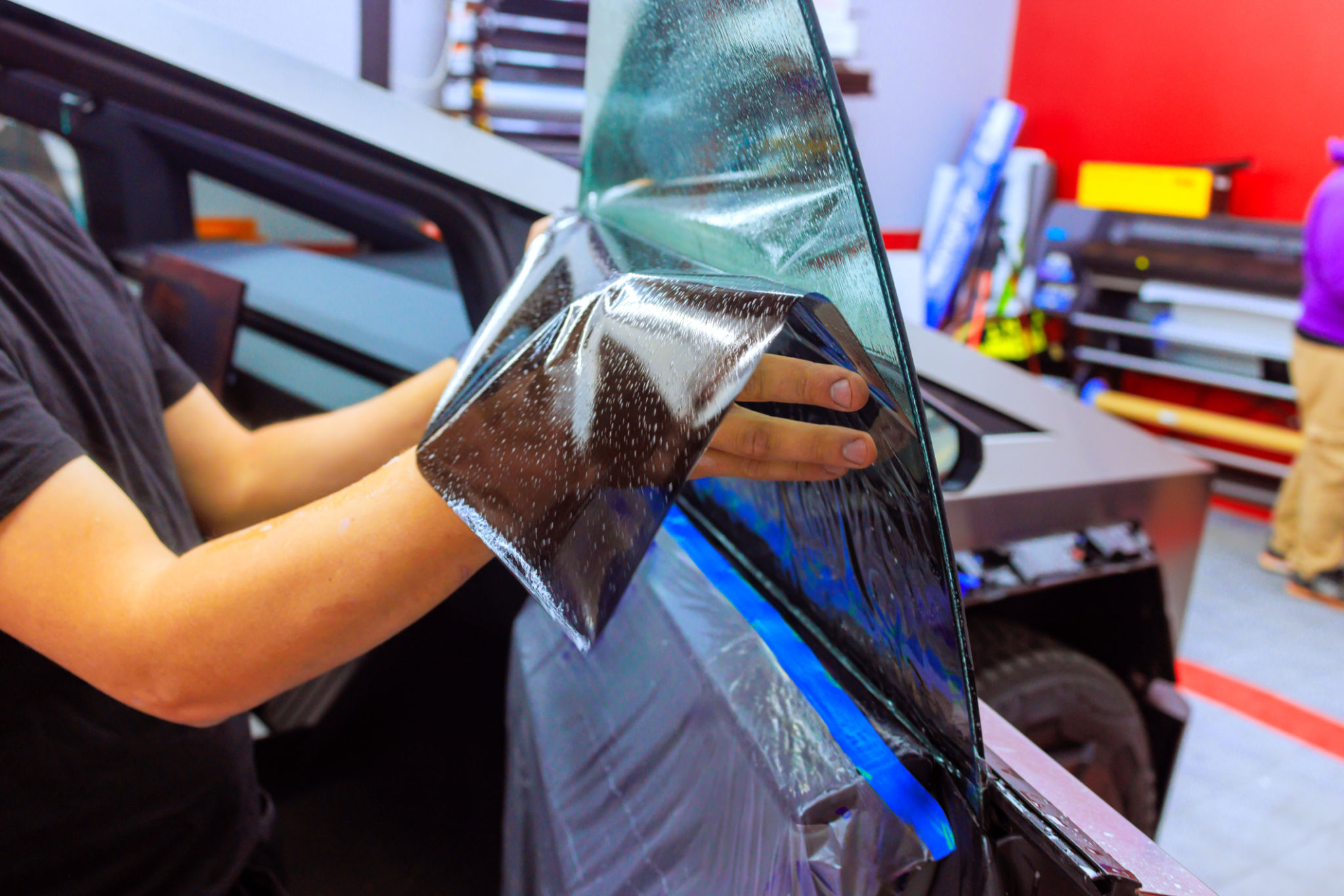Case Study: How Window Tinting Reduced Energy Bills for a Corona Office
Introduction
In today's environmentally conscious world, businesses are constantly seeking ways to reduce their carbon footprint while also cutting down on operational costs. One innovative solution that has proven effective is window tinting. This case study explores how a Corona office successfully reduced its energy bills through strategic window tinting, resulting in significant savings and enhanced comfort for its employees.

The Challenge
The office building in Corona faced several issues related to energy efficiency. The large glass windows, while aesthetically pleasing, allowed excessive heat to penetrate the workspace. This not only made the environment uncomfortable for employees but also led to soaring energy bills due to over-reliance on air conditioning systems.
Initial Assessment
Before implementing any solutions, a comprehensive energy audit was conducted. The audit revealed that the office's energy consumption was significantly higher than average due to the extensive use of air conditioning. It became clear that reducing solar heat gain was crucial to lowering energy costs.
The Solution: Window Tinting
After careful consideration, the management decided to invest in professional window tinting services. Window tinting emerged as a cost-effective and efficient way to reduce solar heat gain without compromising natural light. The tinting process involved applying a thin film to the existing glass windows, which allowed for the reduction of heat while still offering clear visibility.

Benefits of Window Tinting
- Reduced Heat Gain: The tinted windows significantly lowered the amount of heat entering the building.
- Enhanced UV Protection: The tint also provided protection against harmful UV rays, preserving interior furnishings.
- Improved Comfort: Employees reported a more comfortable and consistent indoor temperature.
Results and Impact
The results were immediate and impressive. Post-installation monitoring showed a substantial decrease in energy consumption. The office saw a reduction in energy bills by nearly 25%, which translated into thousands of dollars saved annually. This cost savings allowed the company to allocate budget towards other important areas.

Employee Satisfaction
Beyond financial savings, the improved indoor climate contributed to higher employee satisfaction. With a more comfortable workspace, productivity levels increased, and employee morale improved. This holistic benefit further justified the initial investment in window tinting.
Conclusion
This case study demonstrates the significant advantages of window tinting for commercial spaces. By reducing energy consumption, enhancing comfort, and protecting interiors, window tinting offers a practical solution for businesses aiming to achieve greater sustainability and operational efficiency. If your office is facing similar challenges, consider exploring window tinting as a viable option for energy savings and improved workplace environment.